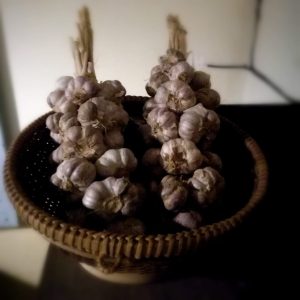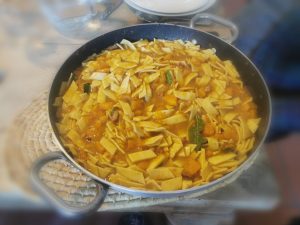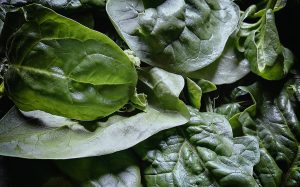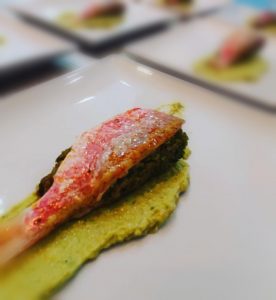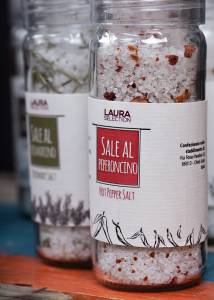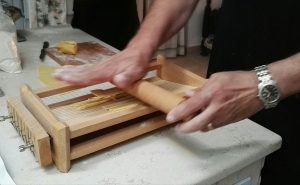In 1840, the seventh duchess of Bedford, Anna Maria Stanhope, had the brilliant idea of organizing and later “setting up” afternoon tea not only to socialize with style, but also to “quench hunger” between lunch and dinner, drinking tea accompanied by delicious sandwiches without crust.
The tea is nothing but an infusion obtained from the leaves of an oriental plant called Camellia Sinensis, a plant that is grown mainly in India, China, Bangladesh, Japan and Kenya. The leaves are first dried and then combined with spices, essences to create special aromas, unforgettable teas as if they were perfumes.
The basic types of tea are six: black, green, white, oolong, yellow and post-fermented tea; the leaves are the same, but the “process” is different presenting different degrees of oxidation.
The effects of tea are not dependent on the treatment of the leaves (although there are strong traditional teas and light tea for the afternoon) as well as the time of infusion and the temperature of the water. A three-minute infusion extracts more caffeine from tea leaves and then the tea is more stimulating; an infusion of 3-5 minutes makes tea less stimulating as caffeine is partly deactivated.
According to one of the leading English tea experts in London – “Whittard” – the golden rules for a good tea are:
– use only very fresh water
– always heat the teapot and carefully dose the tea *
– pour the water into the teapot as it starts boiling (read not to boil!) and allow the tea to be infused for at least 3-5 minutes (especially broad-leaved tea).
Enjoy your five o’clock tea and take the opportunity to relax, share time with friends or, in perfect solitude, make decisions (!?) important for your life … over a good and warm cup of tea.
* generally one tea spoon per person + one for the teapot!

